


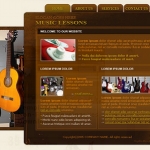
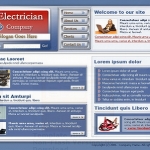
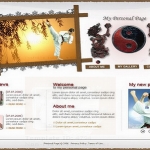

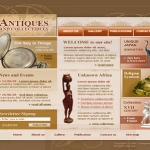



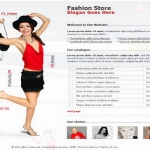

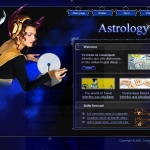


Search Engine Optimization (SEO) is the art of achieving natural organic listings through the balance of on and off page programming. There are two types of search engine optimization methods available, the first is on-page (on your site) optimization and offpage (out side the scope of site) optimization.
We will cover offpage optimization in later of article, but for now we’re going to have a look at “Onpage Optimization”.
Below are the basic Tags and points to be considered for Onpage Search Engine Optimization to get your website listed in major search engines.
It is necessary to follow under mentioned steps for Onpage search engine optimization.
The title of the page is one of the most important elements for Onpage optimization. The tag must contain keyword rich phrases, place name and company name respectively. It should be unique for individual pages and limited to 62-64 characters.
The Meta description tag consists of 160 to 180 characters including spaces. It should describe what the page is about in descriptive manner with the main key phrases in it. It has to be written in an appealing manner, as this will appear as a description in the search result.
The tag includes the keywords and key phrases from title, description and some other phrases (i.e most important search terms specific to your webpage content) but limit to 1000 characters. It must contain company name and related keywords specific to your work. Try to avoid repetition keyword phrase.
Each page should have at least one heading tag at the top of the page with primary keywords/key phrases and subsections of the page with h2 tags, and so forth. All the heading tags have to be relevant to the title and content of the page. The tag should be short and descriptive.
This tag is used for images along with img src tag. When the cursor is placed over an image a text called as alt text is highlighted. The text has been corresponding to the image and must contain key phrases. The tag should limit to 70 characters and are most important for site’s image optimization for image search.
Example: (img src=”YourGraphic.jpg” alt=”Your Keywords” width=”400″ height=”193″)
The main keyword should be placed in the first 25 words of the visible content as they are given more importance than other areas of a webpage. Density for keywords should lay under 3% to 5% to the text of the page, excluding stop words (words which search engine automatically ignores).
Tips: The last few lines of your webpage that consists your copyright notice with link to your site with a title also hold considerable weight, though it’s less than the former.
The navigation tab must contain Keyword rich anchor text on the top of the page. It should have title tag indicating summary of the page. HTML hyperlinks that lead to major pages inside the website are to be added to the home page. It should include a sitemap on the home page, so Search engines can crawl all the links.
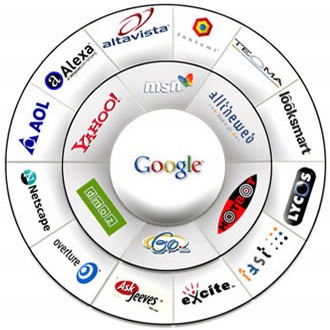
We have gone over Onpage optimization, so let’s move on to offpage optimization which really makes a HUGE difference in your site’s ranking.
So, what is offpage optimization anyway?
Offpage optimization basically consists of all of the ranking factors that are NOT located on your webpage, that the search engines look at when ranking a website.
Tips: Following these basics of SEO will help you attain higher rankings in search engine.